5 Essential Tips for a Smooth Solar Panel Installation Process
When considering a shift towards renewable energy, solar panel installation stands out as a popular and effective solution for homeowners and businesses alike. However, the process of installing these panels can often seem daunting, with numerous factors to consider to ensure a successful setup. This blog delves into five essential tips that will not only streamline your solar panel installation journey but also help you avoid common pitfalls along the way.
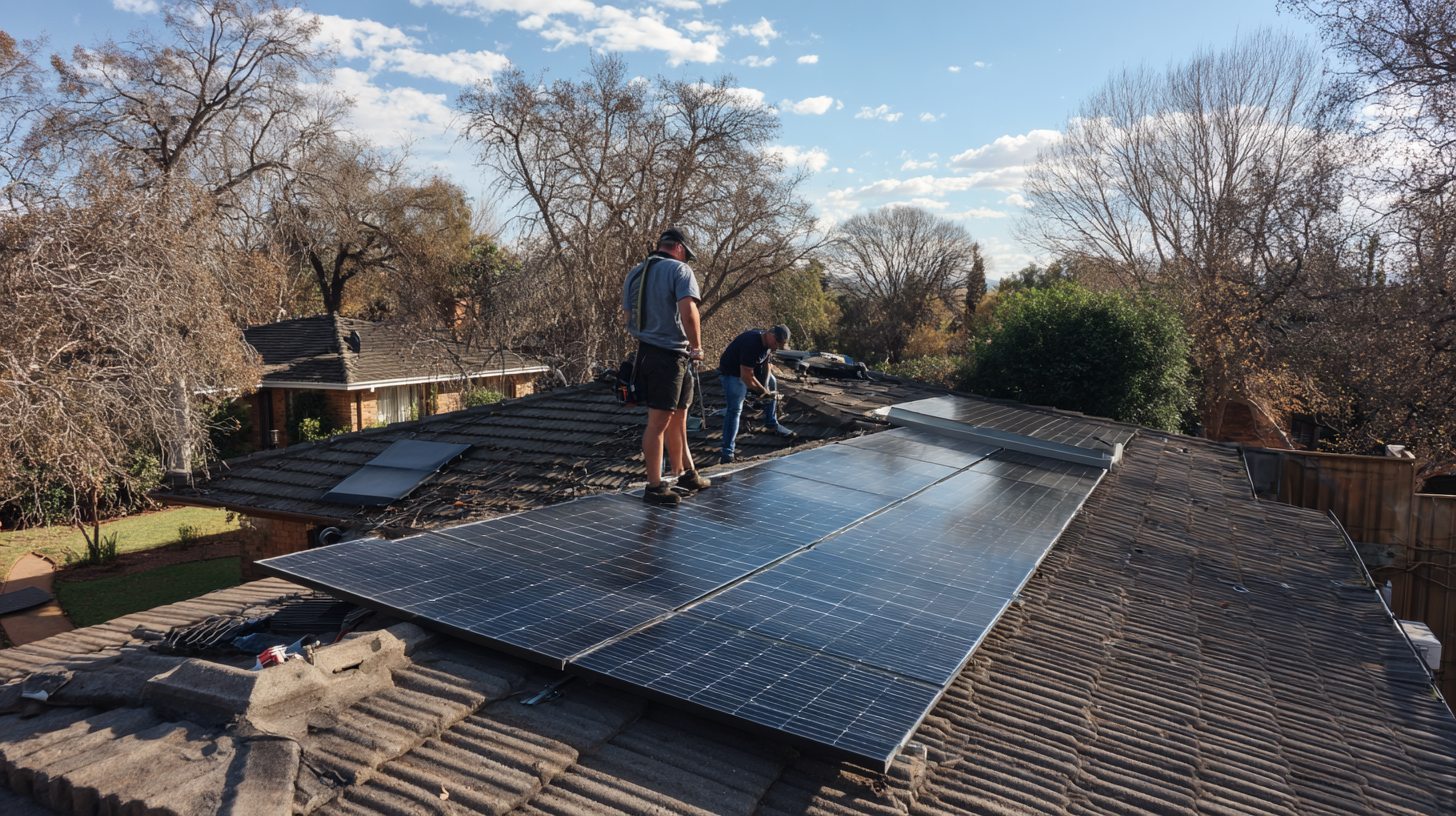
From selecting the right installer to understanding the importance of permits and inspections, arming yourself with this knowledge will lead to a smoother installation experience. Whether you are a first-time solar adopter or looking to enhance your existing system, these expert insights will pave the way for a seamless transition to solar energy, ultimately contributing to a more sustainable future.
Understanding Your Solar Panel Installation Options
When considering solar panel installation, understanding your options is crucial to ensure a successful process. With numerous solar companies operating in various states, including Illinois and Washington, you have a wide range of choices for installers and developers. Researching these companies based on customer ratings and their experience in your specific area can help you find the right fit for your needs. Look for installers that offer consultations and detailed assessments of your property to determine the best solar solution tailored to your energy requirements.
Additionally, understanding the various types of solar panel systems and battery storage options available can significantly impact your decision. Homeowners are increasingly exploring energy storage solutions to not only save on energy costs but also increase their energy independence. Evaluate how different systems perform in your local conditions, especially if you live in areas with less sunlight. By weighing your options and doing thorough research, you can navigate through the selection process with confidence, ensuring that your solar panel installation is smooth and efficient.
Choosing the Right Solar Installer for Your Needs
When choosing the right solar installer for your needs, it's essential to consider several key factors, especially in the current landscape of solar panel demand and installation costs. Recent reports indicate that despite the growing awareness of renewable energy, many developers remain hesitant to commit due to the high expenses associated with solar panel installations. With the government merely encouraging, rather than mandating installations in new homes, finding a dependable installer who can navigate both cost and regulatory complexities is vital for homeowners looking to invest in solar energy.
Furthermore, as the solar market evolves, prospective buyers must also pay attention to emerging trends that affect their investment. For example, in some regions, energy companies are beginning to charge homeowners for the electricity generated by their rooftop solar systems. This shift, combined with fluctuating market demand, highlights the importance of selecting an installer with a strong track record, transparent pricing, and the capacity to adapt to changing regulatory frameworks. By thoroughly researching installers and understanding their reputation in the community, homeowners can better position themselves for a successful and smooth solar panel installation process.
5 Essential Tips for a Smooth Solar Panel Installation Process
This bar chart illustrates the importance rating of various factors to consider when choosing a solar panel installer. High experience and positive customer reviews are deemed most critical for ensuring a smooth installation process.
Preparing Your Home for Solar Panel Installation
Preparing your home for solar panel installation is a crucial step to ensure a smooth and efficient process. First, it’s essential to conduct a thorough assessment of your roof. Check for any signs of damage, such as missing shingles or leaks, and make necessary repairs before installation begins. Additionally, consider the orientation and shading of your roof. Solar panels perform best when they receive direct sunlight, so if trees or other structures cast shadows, it might be wise to trim them back or consider alternative locations for your panels.
Next, clear the installation area by removing any obstacles around your roof and in your yard. This includes outdoor furniture, potted plants, or any debris that might hinder the installation team's access to your home. Inside, ensure that your attic space is clean and has sufficient ventilation, as it will play a role in your system's efficiency. Lastly, inform your neighbors about the installation schedule if they might be affected by noise or activity, promoting a positive atmosphere in your community and setting the stage for a seamless installation process.
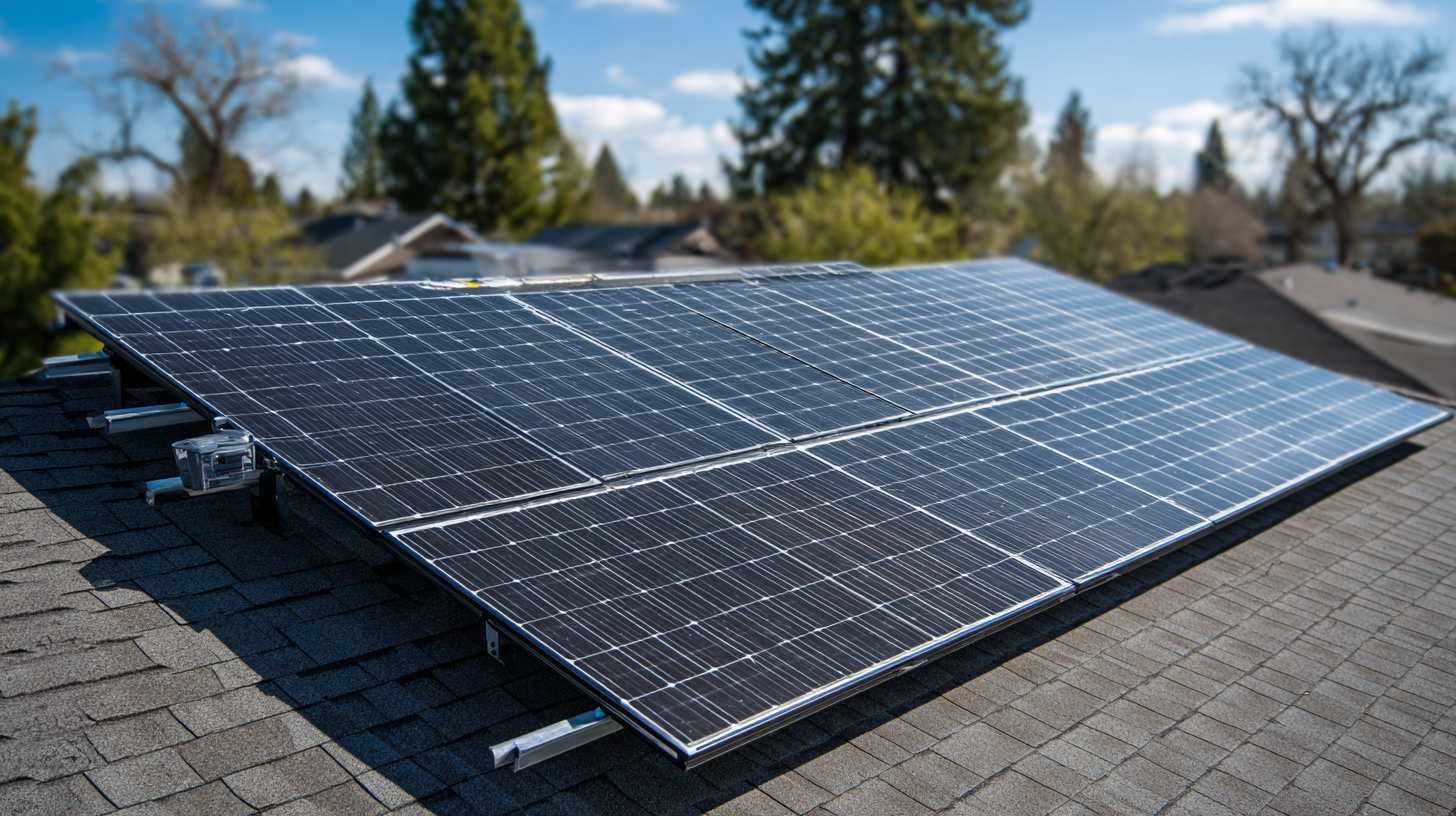
Navigating Permits and Regulations for Solar Installations
When embarking on a solar panel installation journey, one of the most crucial steps is navigating the permits and regulations that govern solar energy systems. Depending on your location, local laws can vary significantly, making it essential to familiarize yourself with the specific requirements in your area. This may involve obtaining building permits, electrical permits, and sometimes additional zoning approvals. Engaging with local authorities as early as possible can help clarify which documents are required and prevent delays in your installation process.
In addition to permits, understanding the incentives and rebates available is vital. Many governments offer financial incentives to encourage solar adoption, including tax credits and grants. Researching these opportunities can not only streamline your installation workflow but also significantly reduce your overall costs. Consider consulting with solar installation professionals who are well-versed in local regulations to ensure a smooth compliance process. They can provide guidance on documentation and help facilitate communications with regulatory bodies, allowing you to focus on the benefits of your new solar energy system.
5 Essential Tips for a Smooth Solar Panel Installation Process - Navigating Permits and Regulations for Solar Installations
| Tip Number | Tip Description | Expected Timeframe | Key Considerations |
|---|---|---|---|
| 1 | Research Local Regulations | 1-2 weeks | Understand zoning laws and restrictions. |
| 2 | Obtain Necessary Permits | 1-4 weeks | Check if permits are needed for installation. |
| 3 | Choose Qualified Installers | Variable | Verify credentials and customer reviews. |
| 4 | Schedule Inspection | 1 week | Ensure the system meets local codes. |
| 5 | Finalize Connection to the Grid | 1-2 weeks | Follow utility requirements for interconnection. |
Post-Installation Maintenance and Performance Monitoring Tips
Post-installation maintenance and performance monitoring are crucial for ensuring the longevity and efficiency of your solar panel system. According to the Solar Energy Industries Association (SEIA), regular maintenance can improve a solar panel's efficiency by up to 20%. This means that investing time in post-installation care can significantly enhance the energy output of your system, translating into greater savings and a faster return on investment.
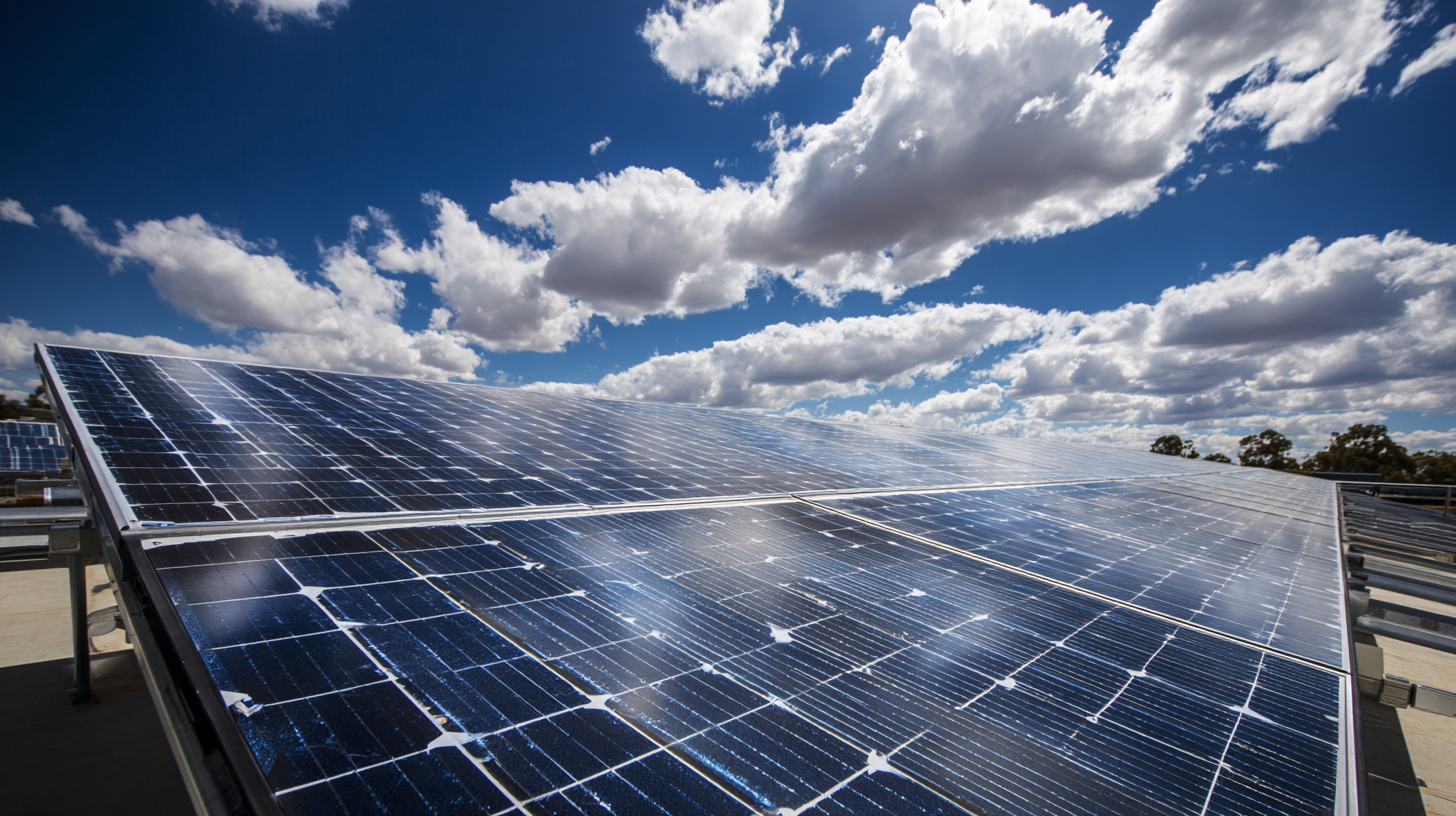
One of the key maintenance tasks is to regularly inspect and clean the panels, as dirt, debris, and even bird droppings can block sunlight and reduce efficiency. A report from the National Renewable Energy Laboratory (NREL) indicates that poorly maintained panels can underperform by 15% or more due to obstructions. Additionally, monitoring systems that track energy production can alert homeowners to any sudden drop in output, signaling potential issues before they escalate into costly repairs.
Installing a performance monitoring system can increase the lifespan of your solar investment by keeping you informed about its condition and efficiency.
Related Posts
-
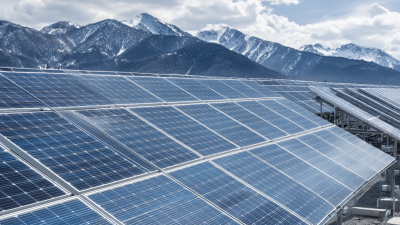
Emerging Technologies Shaping the Future of Home Solar Energy Panels by 2025
-
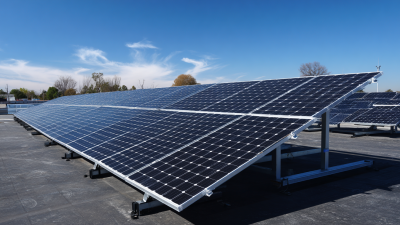
Top Industry Standards and Key Reasons to Choose the Best Solar Energy Panels for Global Buyers
-
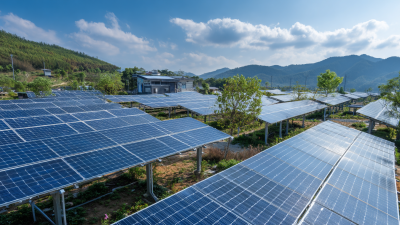
How to Maximize Your Savings with Solar Electricity Solutions
-
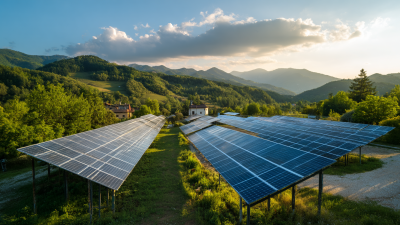
How to Choose the Best Solar Electricity System for Your Home
-
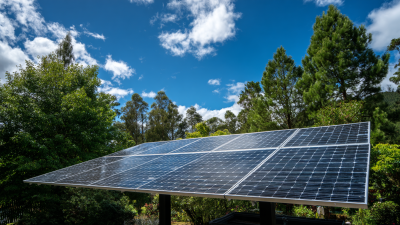
7 Best Solar Panels for Maximum Efficiency in 2023
-
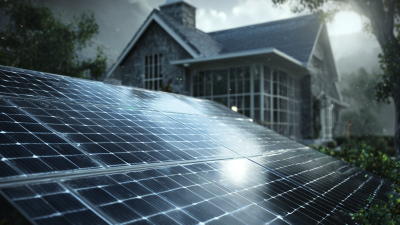
Ultimate Guide to Choosing the Best Solar Energy Panels for Your Home